This is the city. Los Angeles, California.
I don’t work there. I’m not a cop. I do visit from time to time, including early June, when found my way to the Getty Center, a complex perched on a high hill in the Santa Monica Mountains that provides some expansive SoCal vistas.
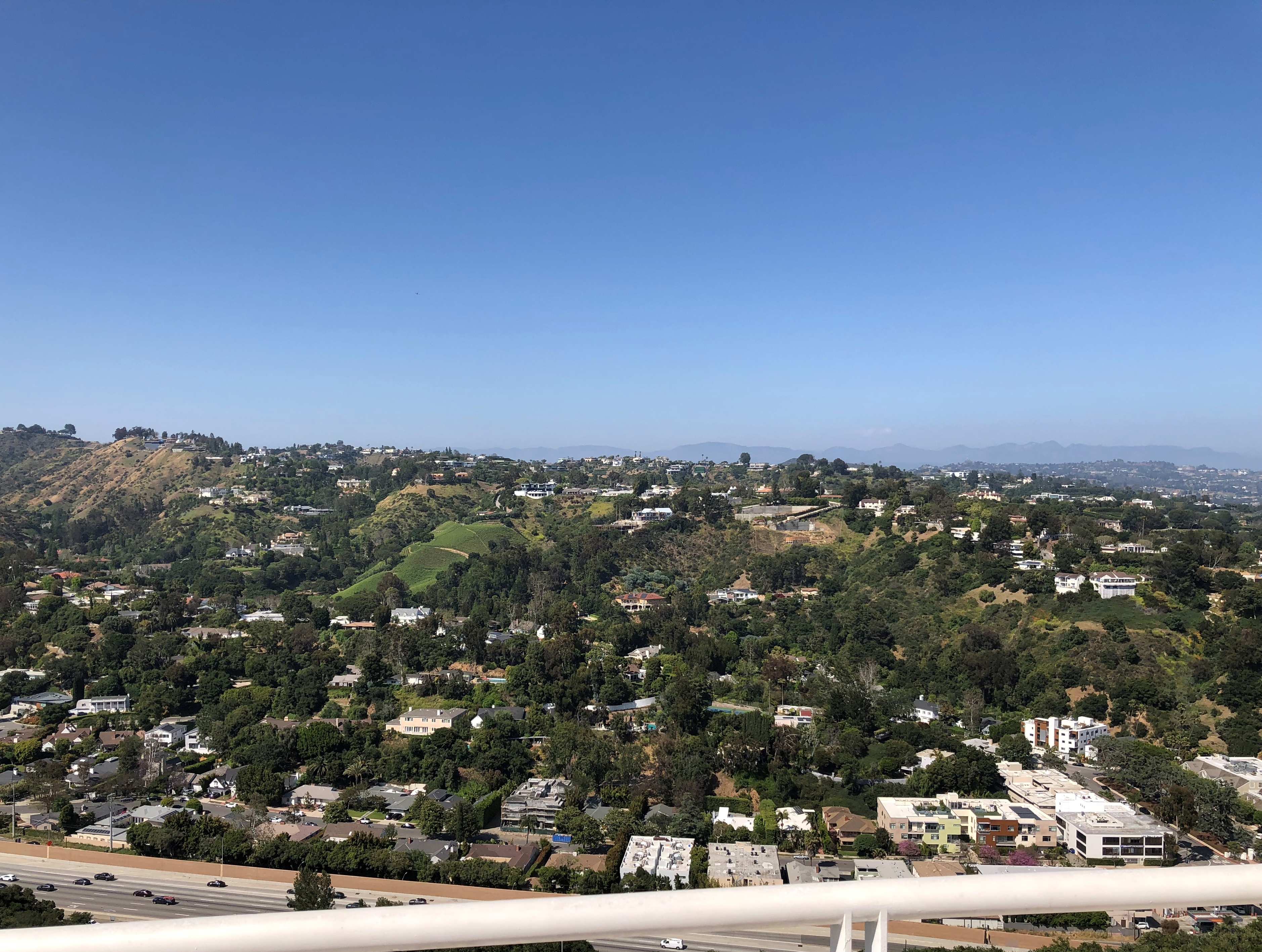


The 1.8 million or so visitors to the Getty Center every year thus experience something oilman John Paul Getty never did: these views, unless he hiked in the area, which from the little I know about him seems out of character. The Getty Center didn’t exist until well after his death (1976), developed by the Getty Trust and not opened until 1997.
The Getty is one of two branches of the J. Paul Getty Museum; the other is the Getty Villa, which impressed me mightily in early 2020. As a design by Richard Meier, the Getty is a triumph of pale blocks.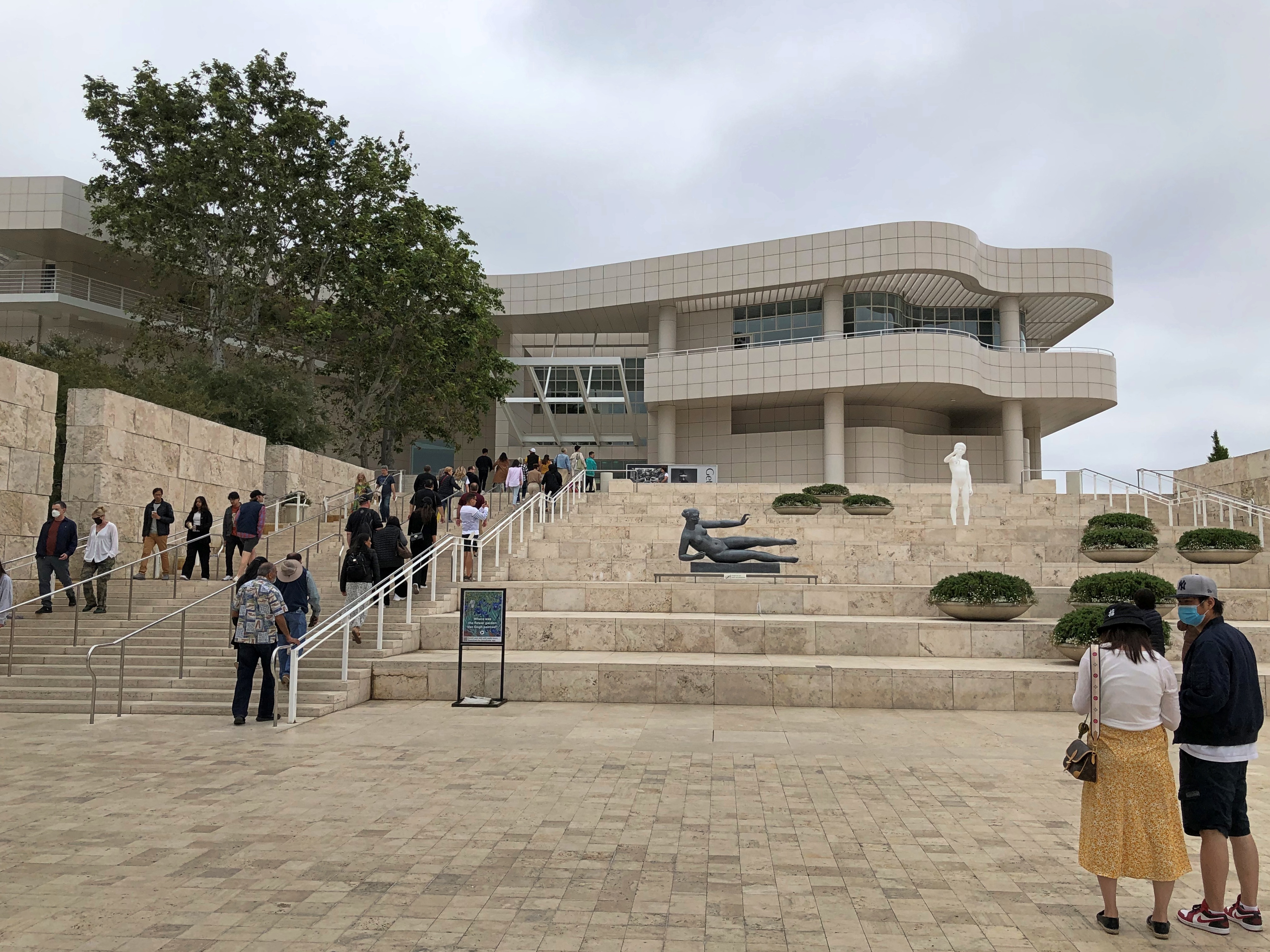



One likable feature of the museum is that you can loaf on its lawns.

“The Getty Center… houses European paintings, drawings, sculpture, illuminated manuscripts, decorative arts, and photography from its beginnings to the present, gathered internationally,” the museum web site says, in one of four buildings named for compass points: North, South, East, West.
Here’s a museum policy other places would do well to emulate: “The Open Content Program makes high-resolution images of public domain artwork from the Getty collections freely available, without restrictions, to advance the research, teaching, and practice of art and art history.”
I wasn’t particularly systematic as I wandered through the galleries. Go here, look at that; marvel at that other work. Rest on a bench (the Getty has some). Repeat. See things both familiar and strange by artists centuries past their lifespans. Sometimes I’m inspired to take my own pics at an art museum, including not just the art, but museumgoers.
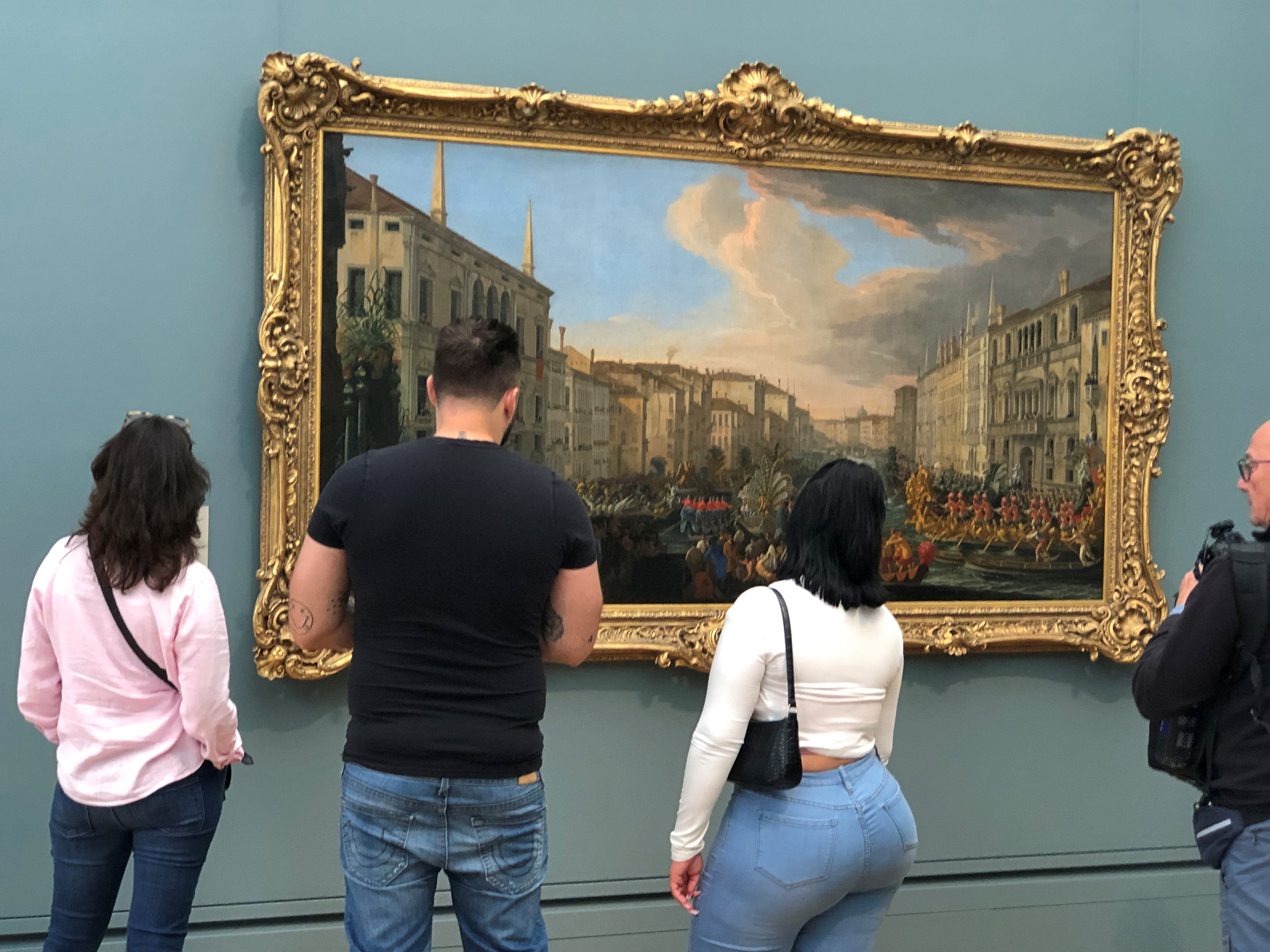

Then I was inspired to take some artwork images.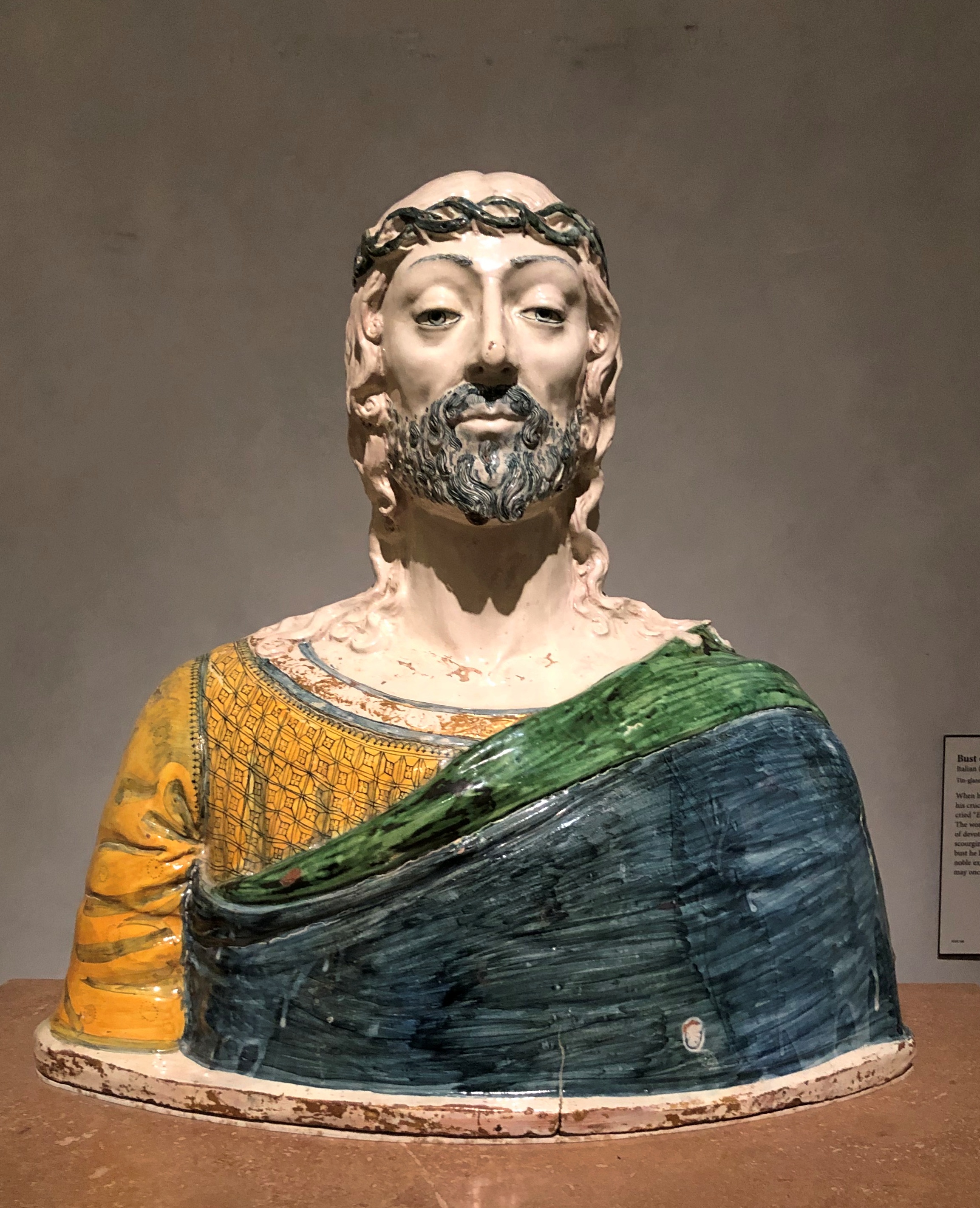
Just a few. Soon I found my theme.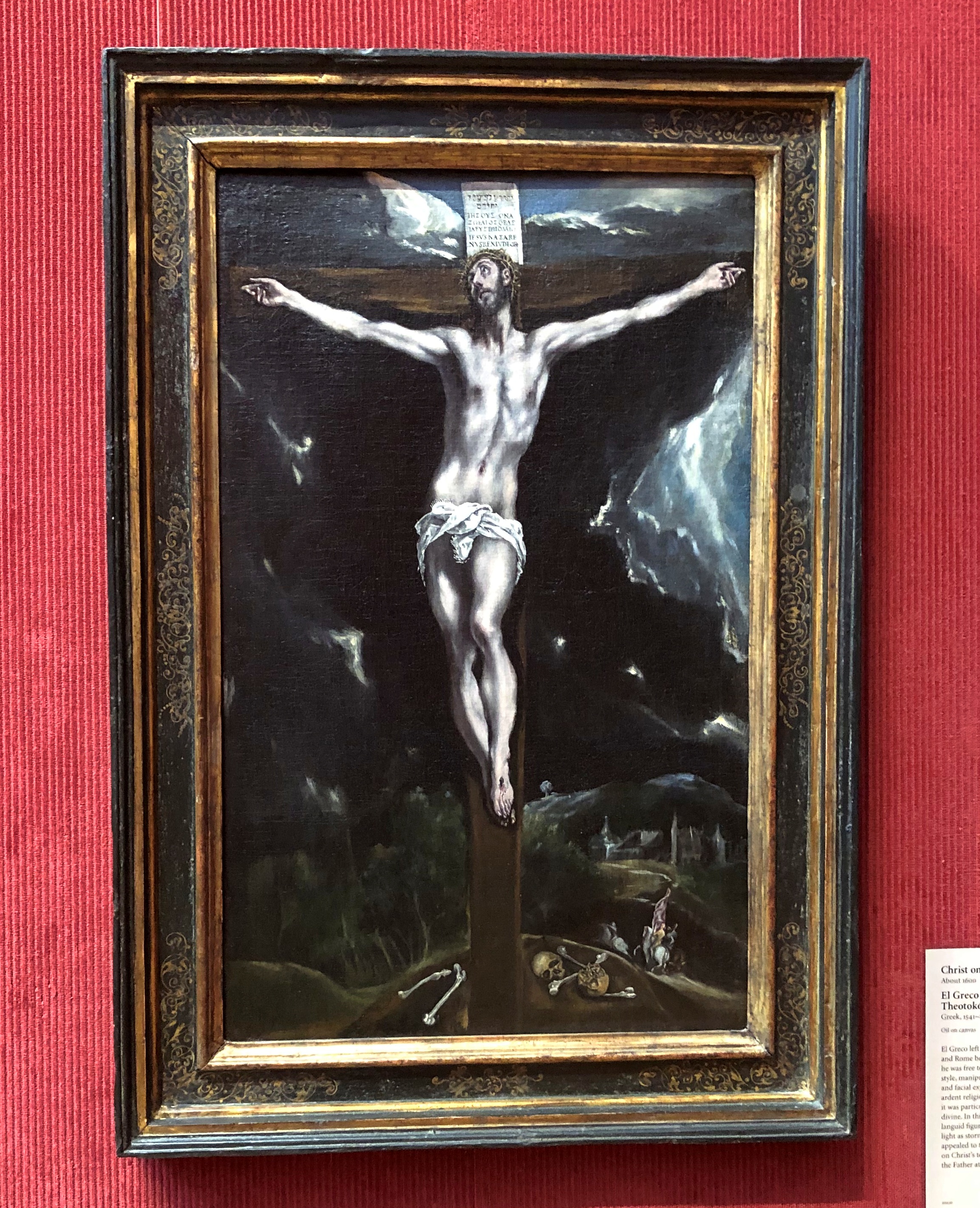


What better than images of Christ in the City of Angels?



